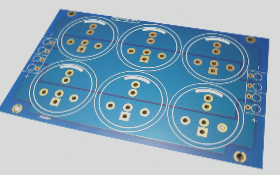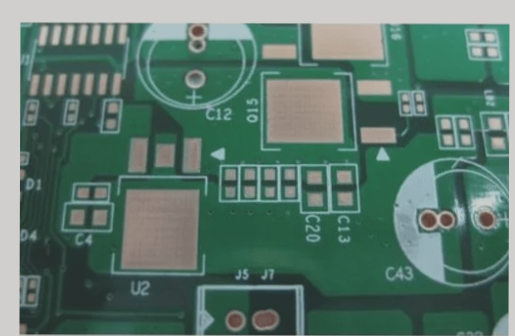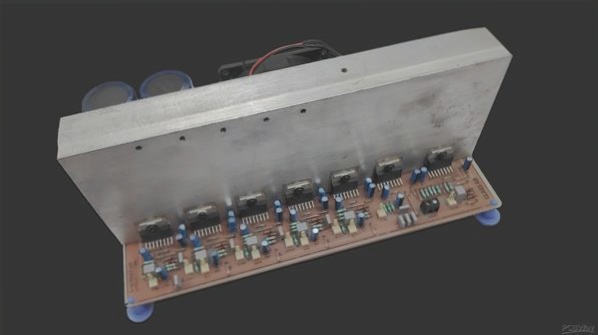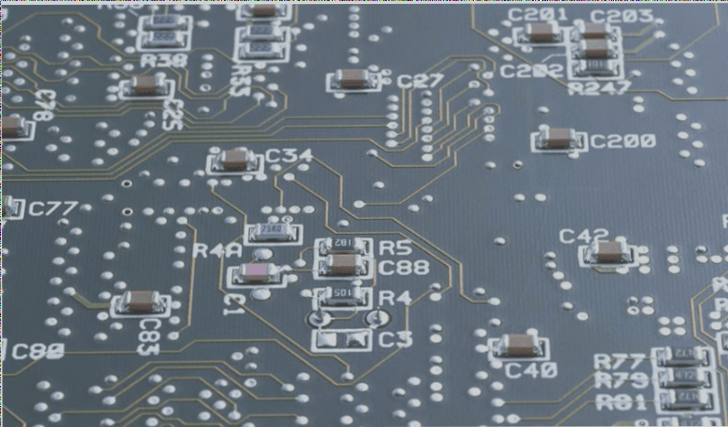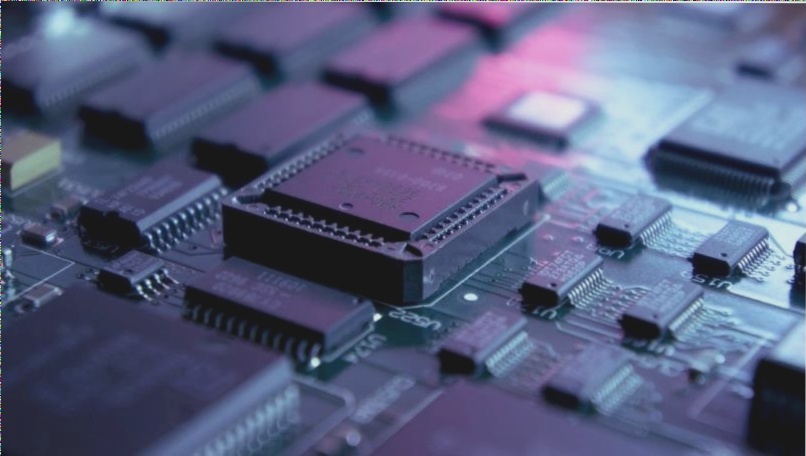Methods to Rectify Deformed PCB Films
-
Splicing Method
The splicing method is effective for correcting negatives with inconsistent line patterns and varying degrees of deformation. It involves cutting out deformed sections, re-splicing them according to hole positions, and proceeding with duplication.
-
Hole Position Adjustment Method
This method is suitable for films with dense lines or uniform deformation. It entails adjusting hole positions on a digital programming instrument to align with measured deformations on the test board.
-
Pad Overlap Method
For films with line widths above 0.30mm, enlarging holes on the test board to create overlapping circuit pieces with pads can help maintain compliance with technical requirements.
-
Photographic Method
Applicable to silver salt films, this method involves using a camera to enlarge or reduce deformed graphics, useful when re-drilling the test board is impractical.
-
Drying Method
Suitable for undeformed negative films, hanging them in a controlled environment for 4–8 hours before copying can prevent post-copying deformation and reduce the likelihood of further distortion.
While these methods help rectify deformed films, PCB engineers should prioritize prevention. Maintaining strict control of temperature and humidity during the copying process, using cold light sources, and replacing backup films regularly are crucial steps to avoid film deformation.
